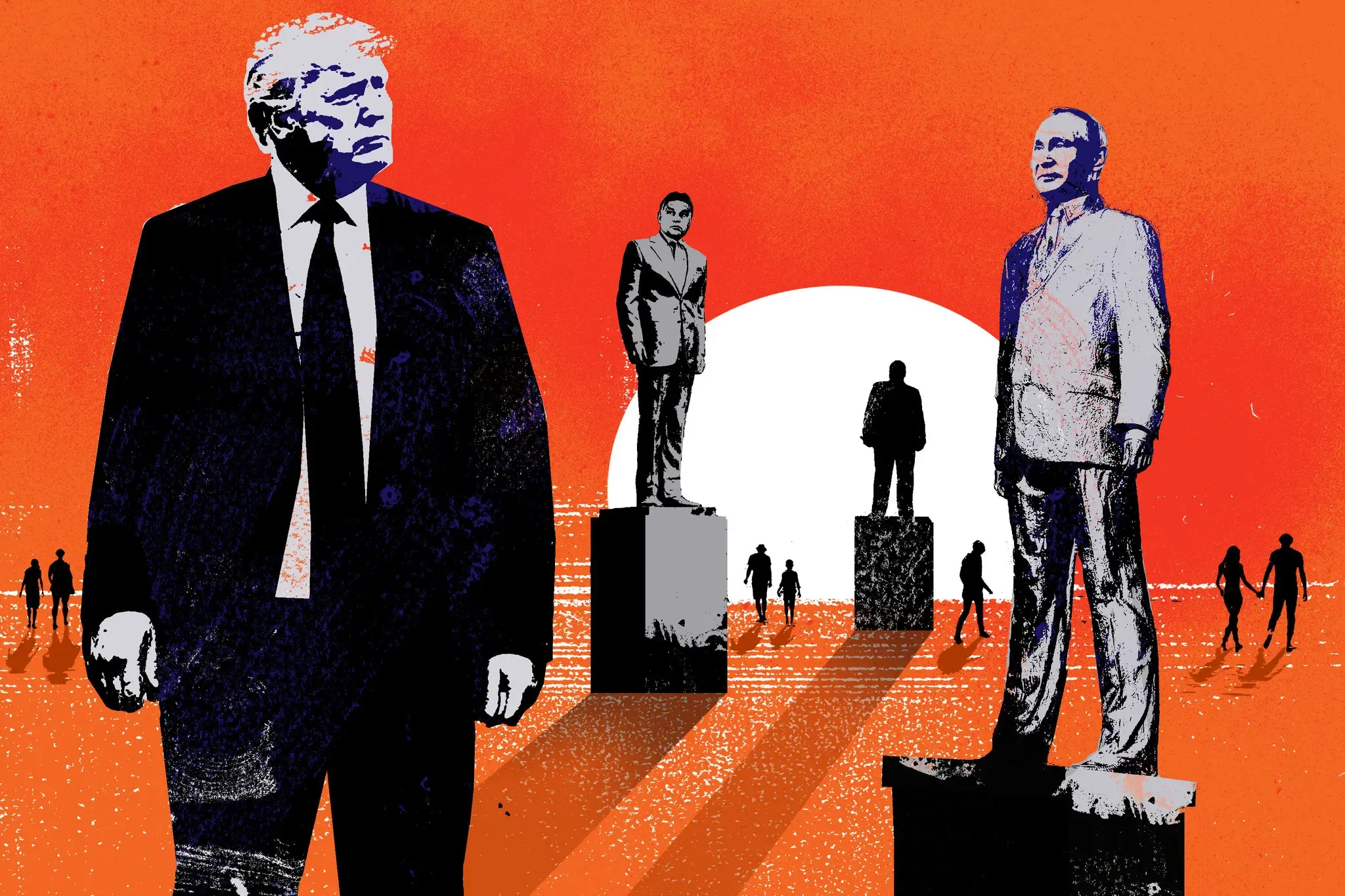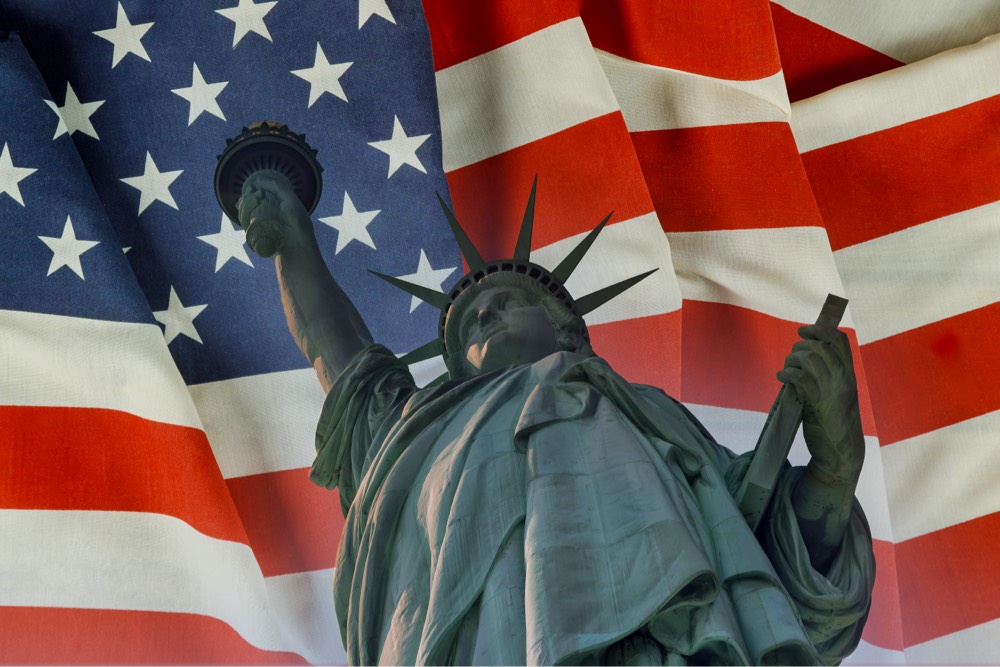Published with the generous permission of Ruth Ben-Ghiat. Read all of her outstanding writing in her Lucid newsletter.
By Ruth Ben-Ghiat
Tick tock, tick tock: that's the sound of time passing since the Tiananmen Square protests in June 1989, which were brutally crushed by People's Liberation Army (PLA) soldiers. The Chinese government hopes that it has time on its side as it seeks to suppress the memory of the massacre so thoroughly that new generations of Chinese will never even know it happened.
The mass protests, knowledge of the violent response to them, and the inspiring courage of "Tank Man," the protestor who faced down the tanks as they left Tiananmen Square after the killings: all of it is seen as a threat by Xi Jinping's regime.
Chinese censors have not only suppressed all discussion of the events of Tiananmen Square; they have also removed the protest site, Sitong Bridge, from online map searches conducted on Baidu, China's most-used search engine. During the 2022 protests, that same bridge hosted banners by Peng Lifa calling for Xi's removal and the right of the Chinese people to be "citizens, not slaves."
Just as Tank Man was not heard from again after he was hustled away, likely by Chinese authorities, so did Lifa, known as "Bridge Man," vanish after he was detained by Chinese police. Virtual and physical erasure of people, facts, and histories go hand in hand.
Authoritarians specialize in this kind of engineered oblivion, but it rarely works in the long run. The story of the watches commemorating the Tiananmen Square massacre is symptomatic.
Tick tock, tick tock go the timepieces that were given to PLA soldiers as rewards for participating in the massacre, along with a book of photos and a medal. These artifacts of a past that officially no longer existed were likely hidden away by their recipients to avoid inconvenient questions from children. Yet one of the watches surfaced in 2021 when it was put up for auction in the United Kingdom, only to be withdrawn after protests over trading an item produced to honor a massacre.
This outcome must have pleased the Chinese government. Here was material evidence that repression it claims never happened took place on its orders (the watches commemorate "quelling the rebellion"). How to explain that away?
Then another watch appeared. This one had been given to the Chinese dissident artist Badiucao, who lives in exile in Australia. Badiucao's searing protest art exposes the violence and hypocrisy of Xi’s government. In his hands, the watch became a testimony of repression and its coverup. He displayed the object alongside ghostly imprints of it made from his blood, and gave it a blood-wristband, implicitly placing Tiananmen Square within a history of violence against dissidence that continues today. Here is a video of Badiucao speaking about the exhibition.
Xi's government has repeatedly sought to shut down Badiucao's shows, and predictably, it pressured the DOX Contemporary Art Center in Prague (unsuccessfully) to cancel this one because it was "hurting the feelings of the Chinese people." "This government doesn't represent the people or speak for them, because it's not democratically elected," Badiucao responded.
Tick tock, tick tock go the clocks that track a new generation of Chinese who are starting to chafe against the government’s dehumanizing treatment and severe restrictions on freedom of expression. Young people drove the 2022 protests, which were the biggest since Tiananmen Square. 79 universities, including the elite incubator Tsinghua University, Xi's alma mater, held demonstrations.
While many who participated in the protests were later detained by police, the feeling that an opening had been created for public expression won't just disappear. The blank white squares that became the protests' symbol refute the regime's suppression of speech and attempts to cleanse the slate of history as well.
As this generation of Chinese articulates its desire for more rights and agency, it will seek out knowledge of past resistance. Over time, the memory of Tiananmen Square will grow, despite the regime's efforts to obliterate it.



